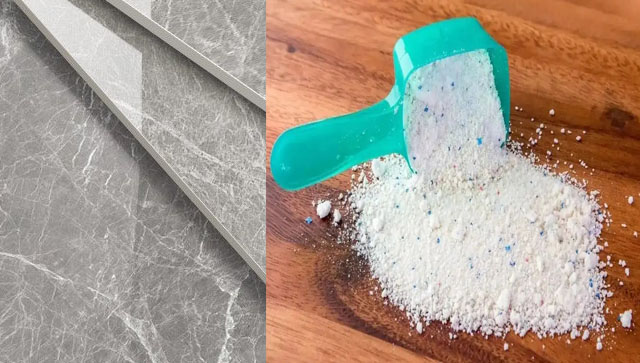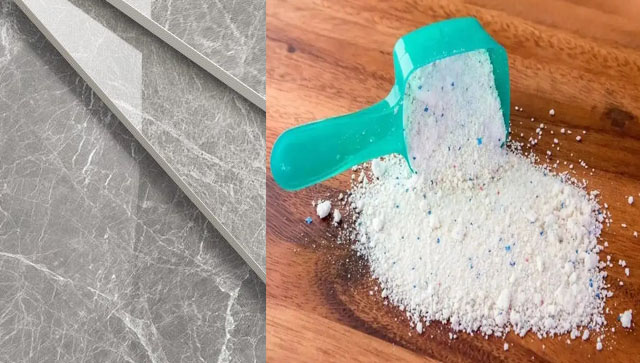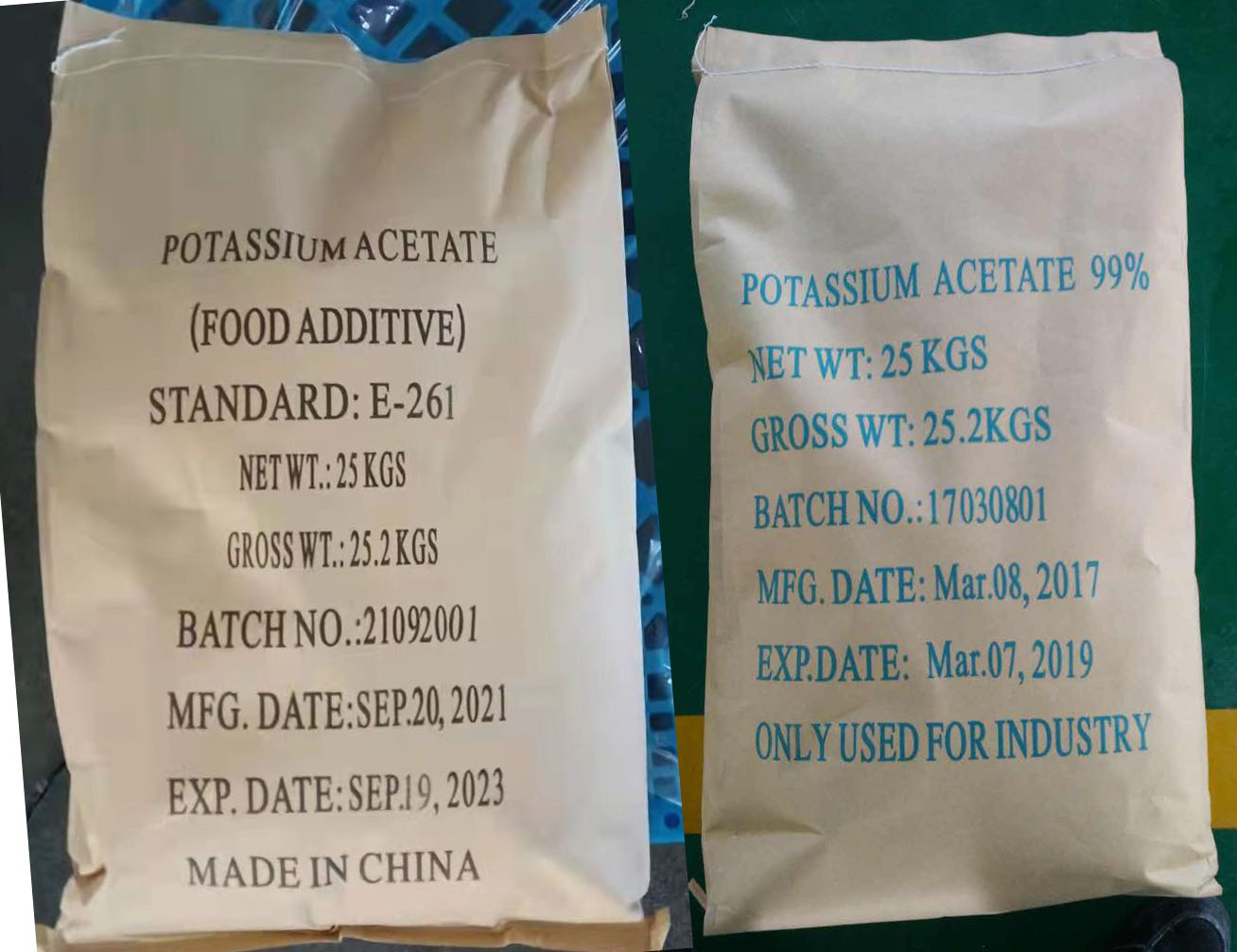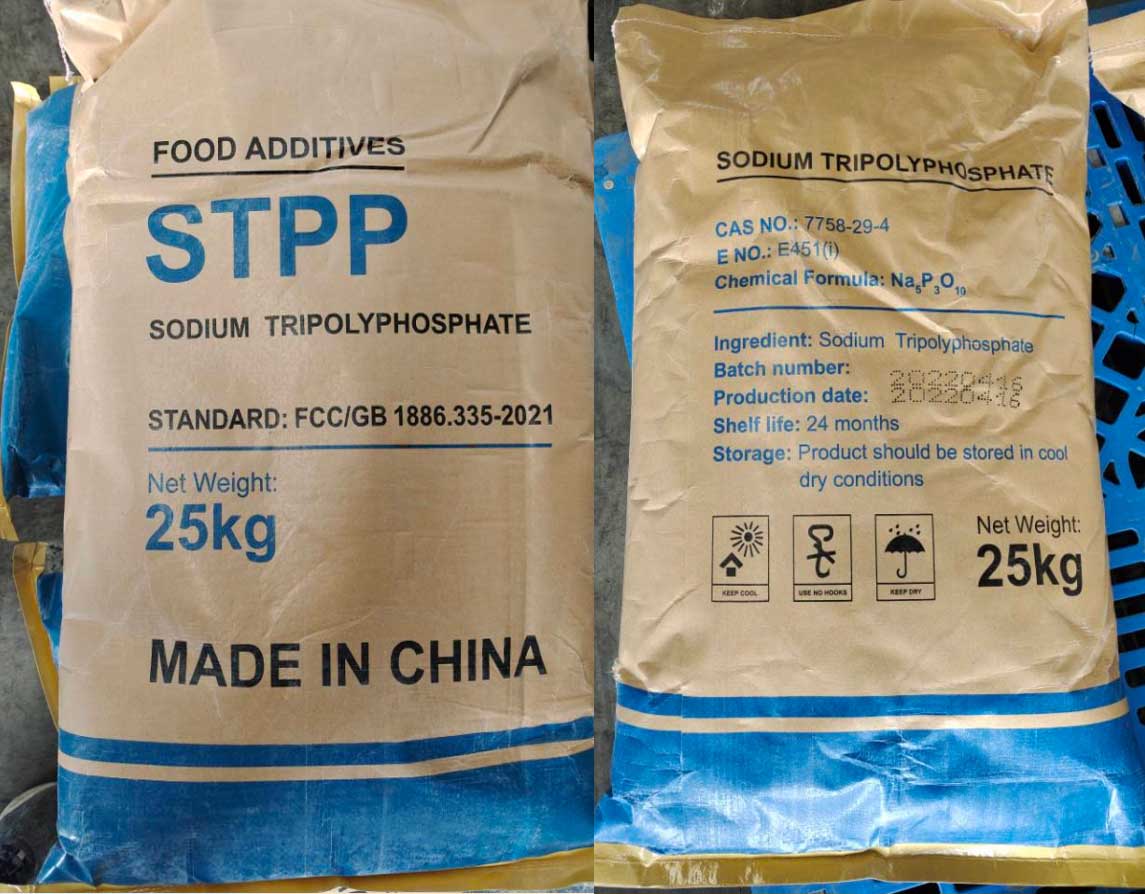Sodium Hexametaphosphate (SHMP) is widely used in the water treatment industry, particularly in its technical grade, due to its excellent chemical and physical properties. Below is a detailed introduction to its application, benefits, and mechanisms:
1. Product Overview
Chemical Formula:
Form: Typically available in white powder, granules, or flakes.
Solubility: Highly soluble in water, forming a clear solution.
Key Properties:
Strong chelating ability for metal ions like calcium () and magnesium ().
Acts as a dispersing agent to prevent particle aggregation.
High thermal stability and resistance to hydrolysis.
2. Applications in Water Treatment
A. Scale Prevention
Function: SHMP is used as a scale inhibitor to prevent the formation of hard water scales such as calcium carbonate () and magnesium hydroxide ().
Mechanism: It binds with metal ions in water, reducing their availability to form insoluble salts.
B. Corrosion Inhibition
Function: SHMP helps protect metal surfaces in piping and equipment by reducing corrosive activity.
Mechanism: It forms a protective layer by reacting with metal surfaces, reducing oxidation and rusting.
C. Water Softening
Function: SHMP sequesters and ions in hard water, effectively softening it.
Mechanism: By forming soluble complexes with these ions, it prevents the precipitation of insoluble salts.
D. Dispersing Agent
Function: Keeps suspended solids evenly dispersed in water, improving clarity and preventing sedimentation.
Application: Useful in industrial wastewater treatment to enhance filtration efficiency.
3. Industries Using SHMP in Water Treatment
Power Plants: For boiler water treatment to prevent scaling and corrosion.
Municipal Water Treatment: Used in potable water systems to soften water and reduce pipe corrosion.
Industrial Cooling Systems: Prevents scaling in cooling towers and heat exchangers.
Oil and Gas: Applied in drilling muds and enhanced oil recovery systems for water quality management.
4. Advantages of Technical Grade SHMP
Cost-Effective: Provides excellent performance at a relatively low cost.
Wide Compatibility: Can be used with other water treatment chemicals like polyphosphates and dispersants.
Non-Toxic: Safe for industrial applications when handled properly.
Improves Equipment Lifespan: Reduces maintenance costs by preventing scaling and corrosion.
5. Handling and Safety
Storage: Keep in a cool, dry place, away from moisture to prevent caking.
Handling: Use protective gear (gloves, goggles, mask) to avoid skin and eye irritation.
Environmental Impact: Excess phosphate discharge can contribute to eutrophication in water bodies. Controlled dosing is critical.
6. Typical Dosage
The dosage of SHMP depends on the specific application:
Scale Prevention: 3–10 mg/L (as ) in feed water.
Corrosion Inhibition: 5–15 mg/L.
Water Softening: Adjusted based on water hardness and ion concentrations.
7. Challenges and Limitations
Hydrolysis: SHMP may hydrolyze over time in water, reducing its effectiveness.
pH Sensitivity: Performs best within specific pH ranges (usually 6–9).
Environmental Concerns: Excessive use can increase phosphate levels in wastewater, necessitating proper treatment before discharge.
Conclusion
Technical grade Sodium Hexametaphosphate is an indispensable chemical in water treatment processes. Its ability to prevent scaling, inhibit corrosion, and soften water makes it highly valuable across industries. When used responsibly, SHMP ensures efficient water system operation and extends equipment lifespan, making it a cost-effective and reliable solution in industrial water management.




